
What this report shows is that our streets aren’t getting safer. Even more so, while traffic deaths impact every community in the United States, states and metropolitan areas across the southern continental United States, older adults, people of color, and people walking in low-income communities bear a higher share of this harm.
View this complete post...











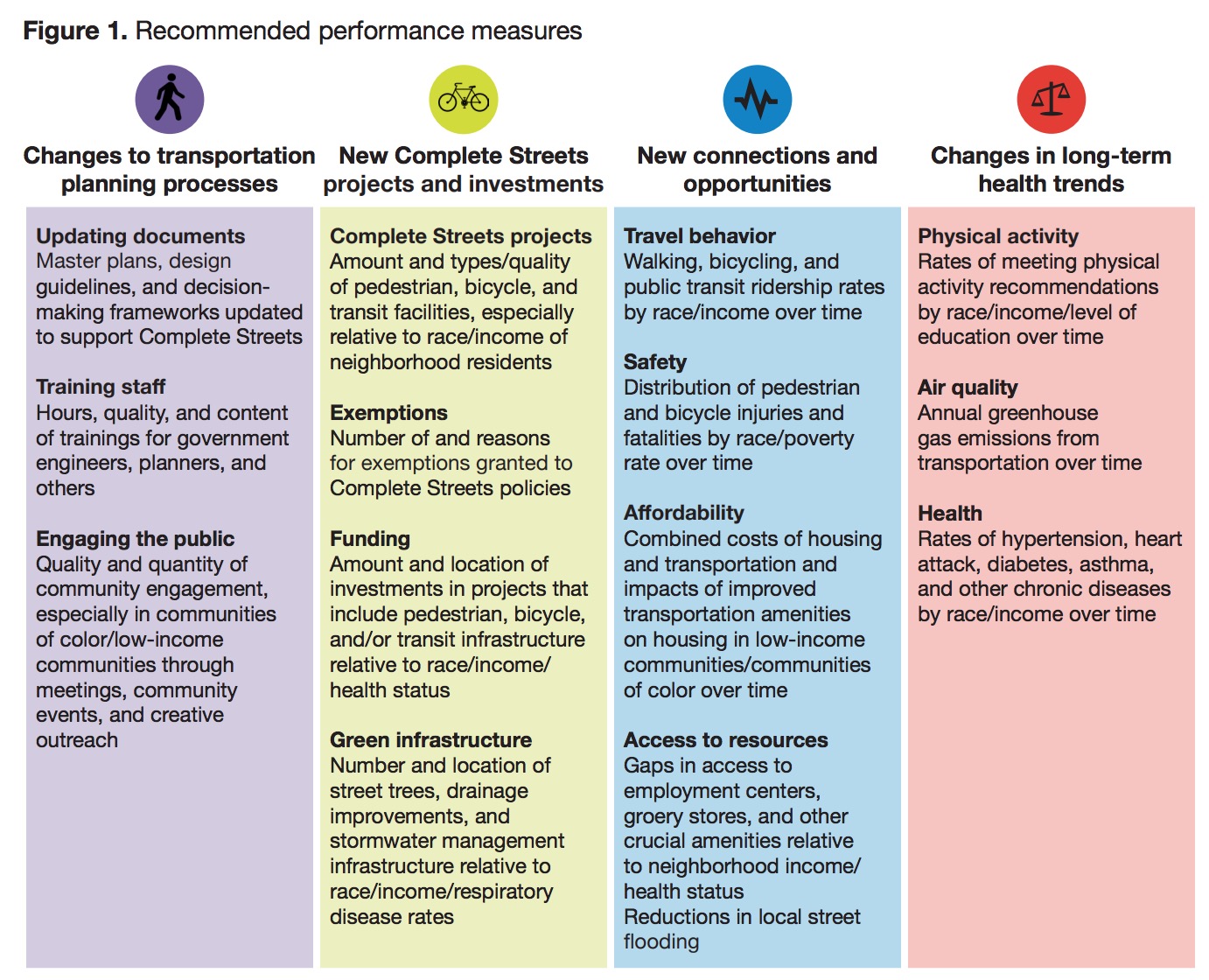
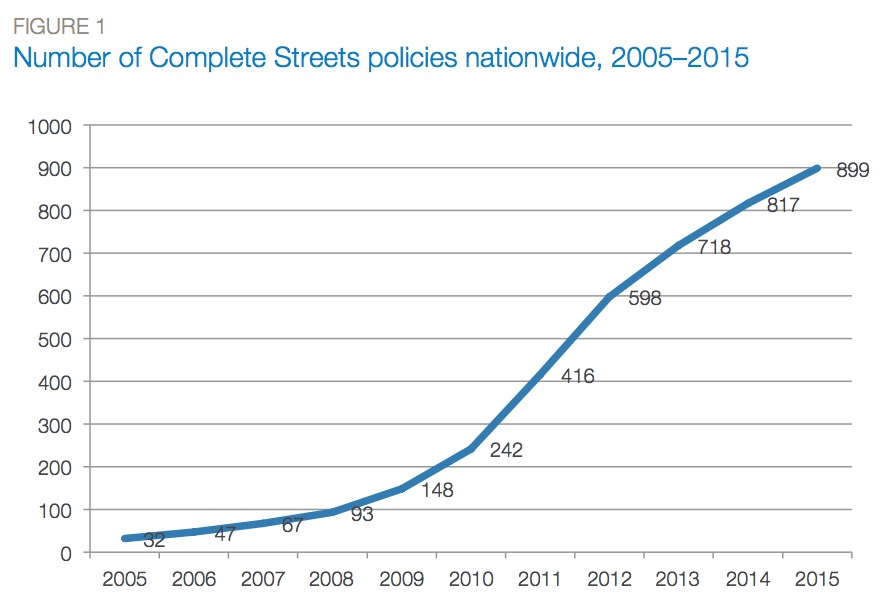
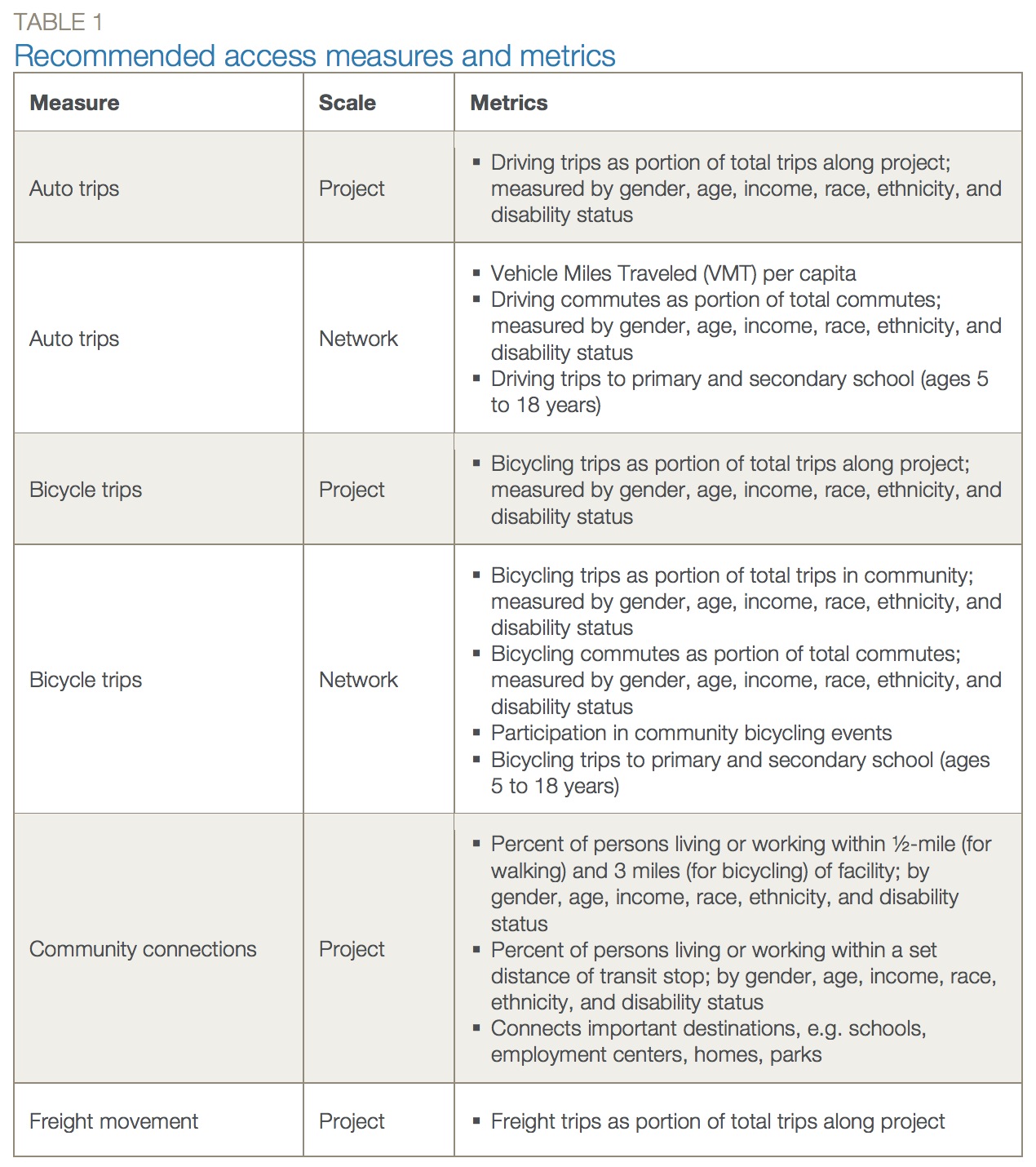
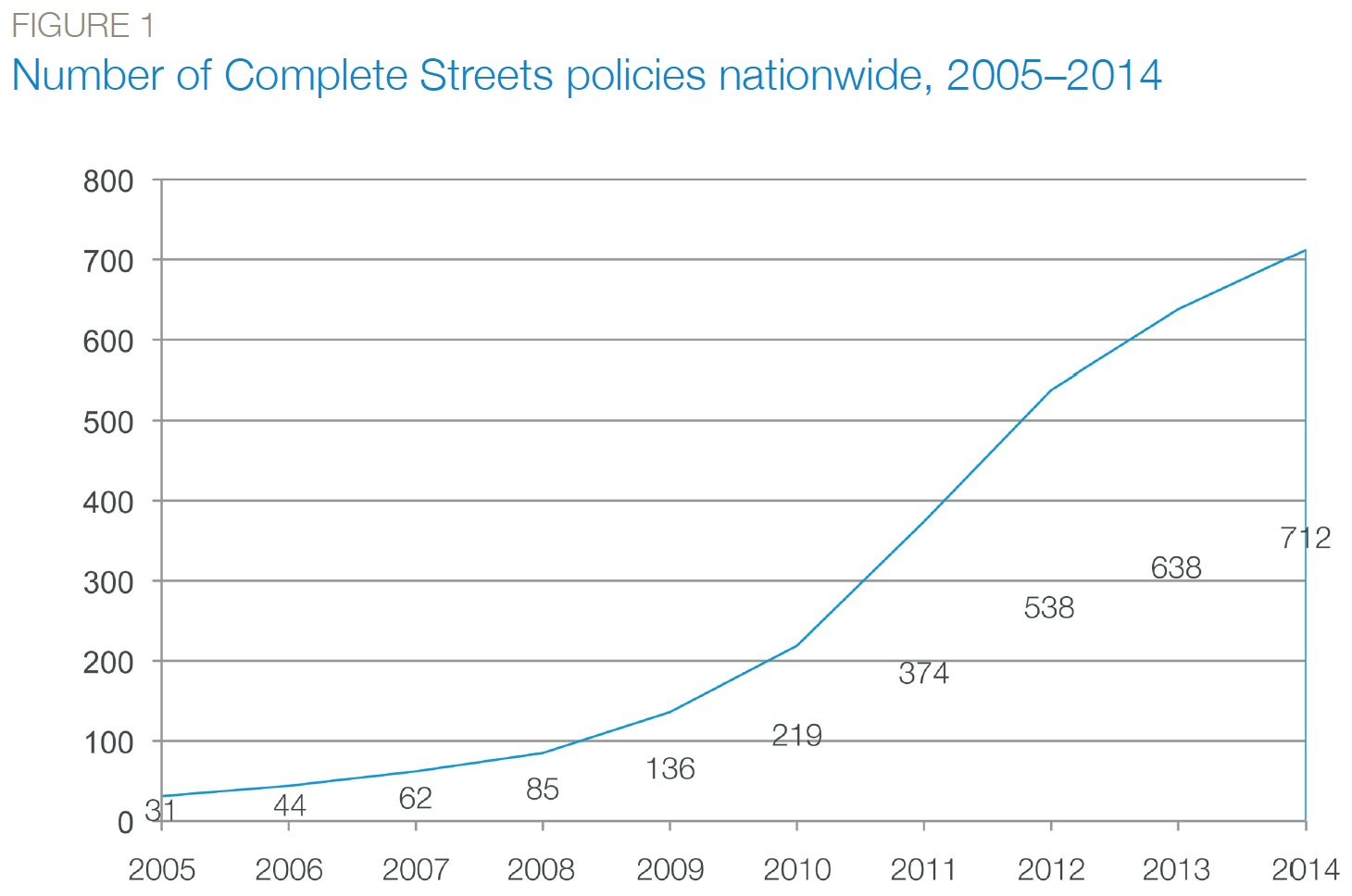
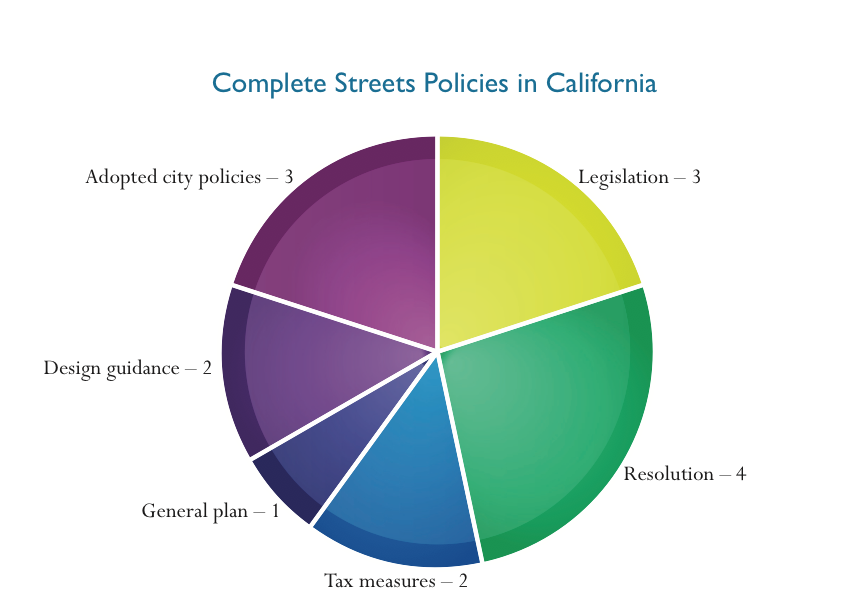


 RSS Feed
RSS Feed